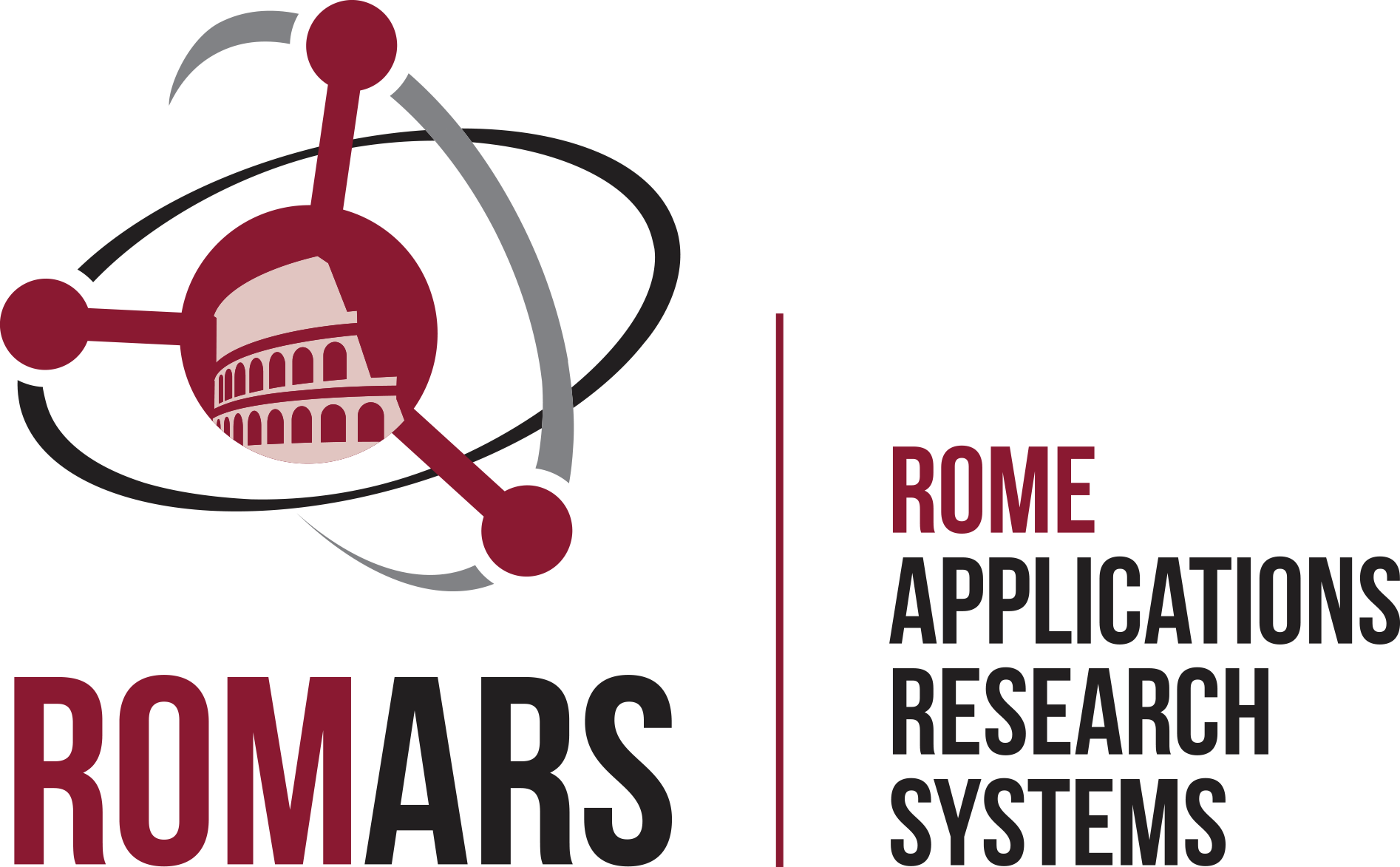
-
StatusOngoing
-
Status date2024-04-26
-
Activity Code6B.097
Softwarization and virtualization are recent network technologies expected to be more and more adopted in next-generation networks and already intensively used in current terrestrial infrastructures, from cloud environments to mobile networks. They operate in synergy by decoupling network functionalities from the underlying hardware.
When used together, they allow the creation of software instances of network functions and digitalized services that were traditionally hard-coded into network equipment and most often tied to a specific manufacturer or model. The main objective of the project is to design, develop, and test fully virtualized ground software components that can be deployed, configured and scaled dynamically over shared infrastructures exploiting edge or cloud resources. Orchestration and network automation mechanisms can combine, manage and control such components, exploiting their open programmability, to build and deliver end-to-end services supported by both flexible high throughput satellites and terrestrial networks among multiple end-users and service providers.
The resulting virtualized platform is deemed fundamental to ease the creation procedure and management of Satellite Virtual Network Operators (SVNOs), through simplified north bound interfaces
to allow a complete while simple management of the terrestrial and satellite physical resources available.
The application of the network virtualization and automation paradigms to the satellite is not straightforward, because resource “slicing” is more than a simple network partition. It needs an increased flexibility in the network management, for the satellite network operator, and an overall abstraction and virtualization of the complex physical infrastructure underneath, specifically extended to the satellite ground segment. The landscape is further complicated by considering that the satellite standpoint is often based on legacy or proprietary technologies, software and hardware, quite far from terrestrial networks with additional challenges related to virtualization techniques, deployment constraints and programmability.
The virtualization and the centralized orchestration of satellite resources within end-to-end multi-domain network infrastructures open to the definition of new added-value services extended towards a larger group of end-user devices and applications. Fully digitalized and orchestrated satellite resources, considering flexible HTS SatCom payloads and integration with software based terrestrial networks, bring several advantages and allow a much more effective and efficient SatCom utilization.
The possibilities enabled by accessing fully digitalized and orchestrated satellite and terrestrial resources are manifold:
-
Leveraging the key characteristics of satellite communication (SatCom) technologies, such as broadcast and coverage, in an efficient and smart way following a top-down and multitenancy configuration approach
-
Offering smooth integration with virtualized terrestrial infrastructures, introducing innovative multi-domain orchestration concepts
-
Reducing service costs and improving operational aspects (i.e., time to setup a service, or reconfigure it in case of need or failure) by enabling network resources, either satellite or terrestrial or both, on demand, in fully automated way
-
Fostering in-network functions and network digitalization/virtualization functions directly onboard of future satellite payloads
-
Ensuring market compatibility thanks to the possibility of exploiting working principles of already consolidated network architectures, such as the one foreseen by 3GPP specifications and ETSI-MANO initiatives, as well as well-established virtualization infrastructures (VIM, orchestration) and technologies (i.e., SDN, SDR), network monitoring and automation, etc.
The main output of the project is a demonstrator based on COTS hardware making extensive use of open source solutions, divided into three macro subsystems:
-
the Management and Orchestration (MANO) component, including GUI for multi-domain service configuration and monitoring capabilities.
-
the virtualized Satellite components. Due to the lack of open/available implementations fully oriented to softwarization, this subsystem is based on the OpenSand SatCom emulation, introducing several customization, providing the implementation of a realistic satellite system. The main idea is to exploit the components provided by OpenSand for enabling the satellite network elements as virtual entities to be involved in the communication emulation.
-
the terrestrial emulation component with the dynamic management of the (virtual) terrestrial infrastructure.
Among the Orchestrator (1) and the multi-domain network emulators (2 and 3), a standardized Software (Verification) Interface, namely SVI, is defined. The high-level system architecture is represented in figure.

The following milestone meetings are planned:
-
Kick-Off Meeting (KOM) is scheduled at T0
-
Baseline Design Review (BDR) is scheduled at T0 + 6 months
-
Preliminary Design Review (PDR) is scheduled at T0 + 10 months
-
Critical Design Review (CDR) is scheduled at T0 + 13 months
-
Preliminary Performance Review (PPR) is scheduled at T0 + 21 months
-
Final Review (FR) is scheduled at T0 + 24 months
he project kicked off on September 2023 and it is in progress.





